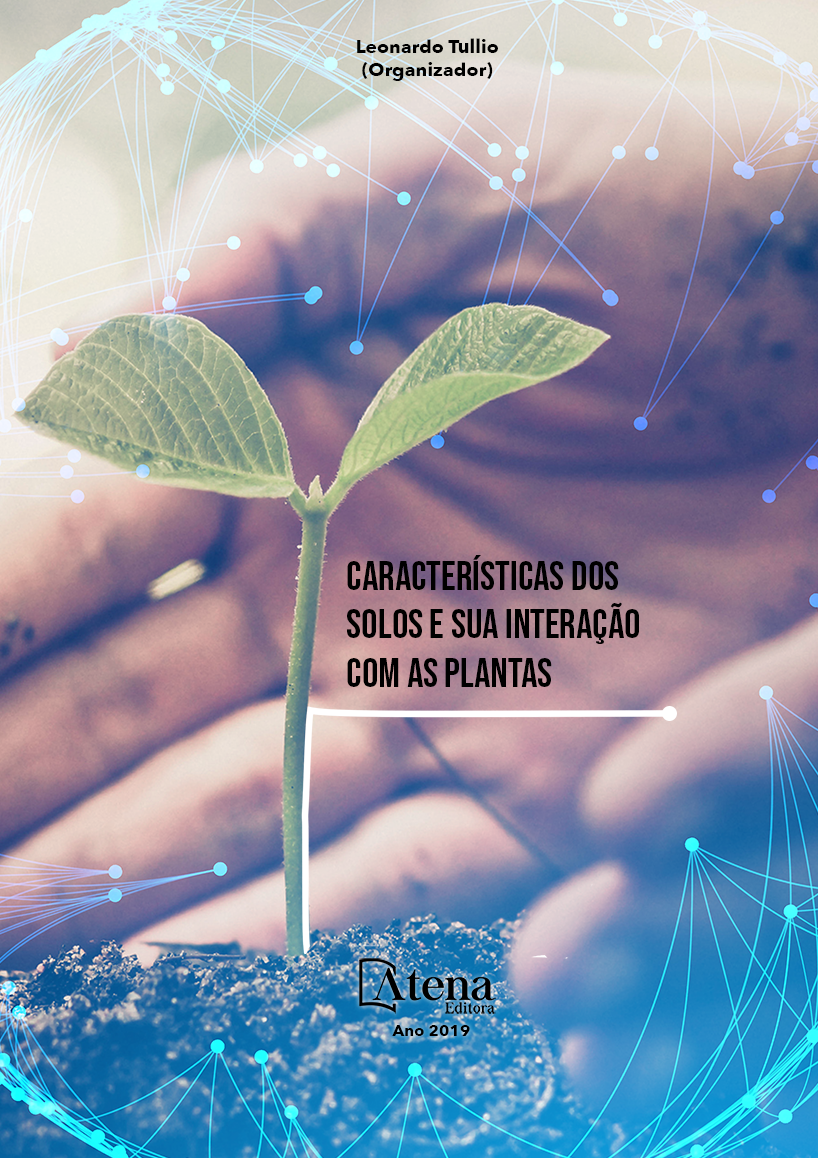
EFICIÊNCIA DE AQUISIÇÃO DE NUTRIENTES DO CAPIM-TIFTON 85 ADUBADO COM DEJETO LÍQUIDO DE SUÍNOS
A eficiência de aquisição de
nutrientes pode ser definida pela diferença
entre a quantidade de nutrientes absorvidos
e a quantidade de nutrientes aplicados.
O dejeto líquido de suíno (DLS) contém
nutrientes que contribuem para redução do
uso de fertilizantes minerais se tornando uma
alternativa na adubação de pastagens. O
objetivo deste trabalho foi avaliar a eficiência
de aquisição de nutrientes pelo capim Tifton
85 cultivado em solo adubado com DLS. O
experimento foi realizado em Lucas do Rio
Verde- MT, Brasil, utilizando blocos ao acaso,
sendo quatro doses de DLS (0, 10, 20, 30 m³
ha-¹) e um tratamento com adubação mineral.
Foram realizadas dez aplicações de DLS e sete
cortes. O material vegetal coletado foi analisado
para determinação dos teores dos macro e
micronutrientes. A eficiência de aquisição de
nutrientes foi calculada pela diferença entre
a quantidade (kg) de nutriente absorvido e a
quantidade (kg) de nutriente aplicado. Não
houve interação entre as doses de DLS e os
teores de macronutrientes e de micronutrientes,
no entanto, houve diferença entre os teores de
micronutrientes em função da dose utilizada. A
maior eficiência de aquisição foi apresentada
pelo Cu que se igualou ao Fe, e a menor eficiência
ocorreu para o Mn, enquanto a eficiência do
Zn foi considerada intermediária. A ordem de
eficiência de aquisição para macronutrientes
pelo Tifton-85 foi: K>Mg=N>P=Ca=S e para
micronutrientes: Fe> Cu = Zn =Mn. A dose mais
eficiente de DLS, que pode ser utilizada como
fonte de nutrientes foi de 200 m³ ha-¹.
EFICIÊNCIA DE AQUISIÇÃO DE NUTRIENTES DO CAPIM-TIFTON 85 ADUBADO COM DEJETO LÍQUIDO DE SUÍNOS
-
DOI: 10.22533/at.ed.8551914035
-
Palavras-chave: Água residuária de suinocultura, esterco e biofertilizante.
-
Keywords: Swine wastewater, manure and biofertilizer
-
Abstract:
The efficiency of nutrient
acquisition can be defined by the difference
between the amount of nutrient absorbed and
the amount of nutrient applied. Swine liquid
slurry (DLS) contains nutrients that contribute
to the reduction of the use of mineral fertilizers,
becoming an alternative in pasture fertilization.
The objective of this research was to evaluate
the efficiency of nutrient acquisition by Tifton
85 grass, cultivated in soil fertilized with DLS.
The experiment was conducted in Lucas do Rio
Verde – MT, Brazil, using randomized blocks,
with four DLS doses (0, 10, 20, 30 m³ ha-¹) and a treatment with mineral fertilization.
Ten applications of DLS and seven cuts were performed. The collected plant material
was analyzed for macro and micronutrient contents determinations. The efficiency
of nutrient acquisition was calculated by the difference between the amount (kg) of
nutrient absorbed and the amount (kg) of nutrient applied. No interaction was observed
between the DLS doses and macronutrients contents. About the micronutrients, there
was no interaction between micronutrients contents and DLS doses, but, there were
differences between micronutrients in function of the dose used. The highest efficiency
of acquisition was presented by Cu that was equal to Fe, and the lower efficiency
occurred for Mn, while the efficiency of Zn was considered intermediate. The order of
efficiency of macronutrients acquisition by Tifton-85 was: K> Mg = N> P = Ca = S and
about micronutrients: Fe> Cu = Zn = Mn. The most efficient DLS dose that can be used
as a nutrient source was 200 m³ ha-1.
-
Número de páginas: 15
- ALEXANDRA DE PAIVA SOARES
- OSCARLINA LÚCIA DOS SANTOS WEBER
- CRISTIANE RAMOS VIEIRA


